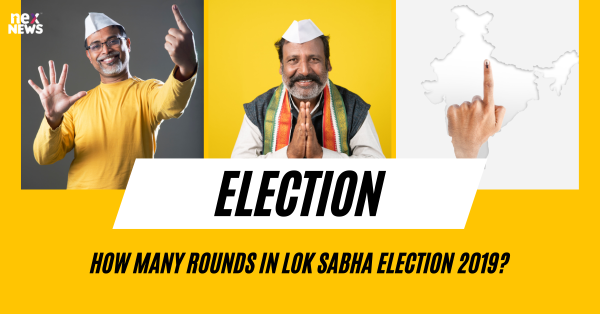Lok Sabha Election 2019 Overview
In 2019, India witnessed a monumental event with the Lok Sabha elections, where over 900 million eligible voters participated in the democratic process, making it the largest election in the world. The elections were held in seven phases across the country, spanning from April 11 to May 23, 2019. With the scale and diversity of India's electorate, political parties engaged in rigorous campaigns to garner support and secure seats in the 17th Lok Sabha.
The elections saw a massive voter turnout, showcasing the enthusiasm and commitment of the Indian population towards exercising their right to vote and shaping the country's future. The results of the Lok Sabha elections not only determine the composition of the Parliament but also play a crucial role in shaping policies, governance, and the overall direction of the nation for the next five years.
Important Dates for Lok Sabha Election 2019
The Lok Sabha election is a crucial event in the Indian political landscape. The Election Commission of India has announced the dates for the 2019 Lok Sabha election, with polling scheduled to take place in seven phases across the country. The first phase of voting will be held on April 11, 2019, followed by subsequent phases on April 18, April 23, April 29, May 6, May 12, and May 19, 2019.
The results for the Lok Sabha election are set to be declared on May 23, 2019. This date holds immense significance as it will determine the composition of the next government in India. Voters, political parties, and analysts across the nation are eagerly awaiting the outcome of the election, as it will shape the future trajectory of the country.
Number of Parliamentary Constituencies in India
India is a vast democracy with a complex electoral system. The country comprises a total of 543 parliamentary constituencies, each representing a specific geographic region and its population. These constituencies play a crucial role in shaping the political landscape of the nation, as they determine the allocation of seats in the Lok Sabha, the lower house of Parliament.
The distribution of these parliamentary constituencies is based on various factors, including population density, geographic size, and administrative considerations. Each constituency is represented by a Member of Parliament (MP) who is elected through a direct vote by the eligible electorate in that area. The number of parliamentary constituencies in India is periodically reviewed and may be adjusted to ensure fair representation and effective governance.
Role of Election Commission of India in Lok Sabha Election
The Election Commission of India plays a crucial role in ensuring the smooth and fair conduct of Lok Sabha elections. It is responsible for preparing the election schedule, monitoring the code of conduct, and overseeing the polling process across the country. The Election Commission is tasked with enforcing election laws and regulations to maintain the integrity of the electoral process.
Moreover, the Election Commission of India works towards creating awareness among voters and ensuring their active participation in the electoral process. It is responsible for the registration of political parties, allotment of symbols, and monitoring campaign expenses to promote transparency in elections. The Election Commission also takes measures to address any discrepancies or violations that may occur during the election period, emphasizing the importance of upholding democratic principles and ensuring free and fair elections.
Process of Counting Votes in Lok Sabha Election
Once the voting process in the Lok Sabha Election concludes, the next crucial step is the counting of votes. The counting process typically takes place at designated counting centers across the country, where the sealed electronic voting machines (EVMs) are brought in for tabulation. Each EVM contains the votes cast by the voters in a specific polling booth.
The counting of votes is conducted in multiple rounds, with each round focusing on a specific set of EVMs. As the EVMs are opened, the votes stored in them are counted electronically. Representatives of various political parties, as well as independent observers, are present during the counting process to ensure transparency and fairness. The results of each round are recorded and communicated to the Election Commission officials overseeing the counting process.
